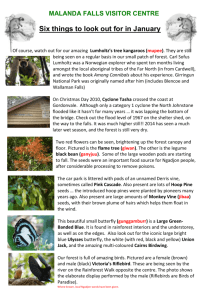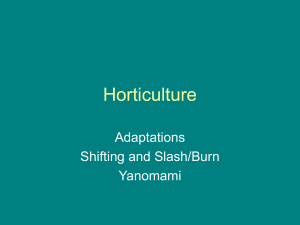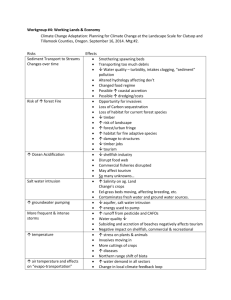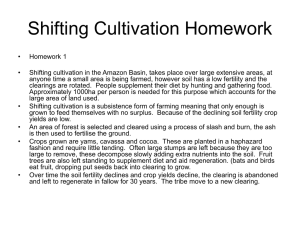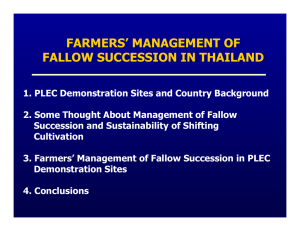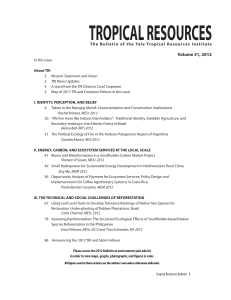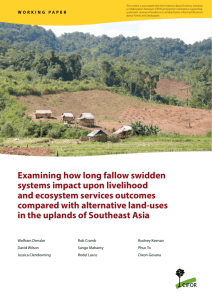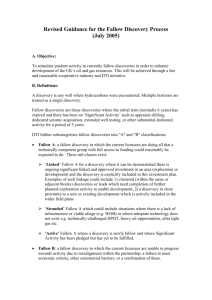Holbert compilation Apr 2012
advertisement
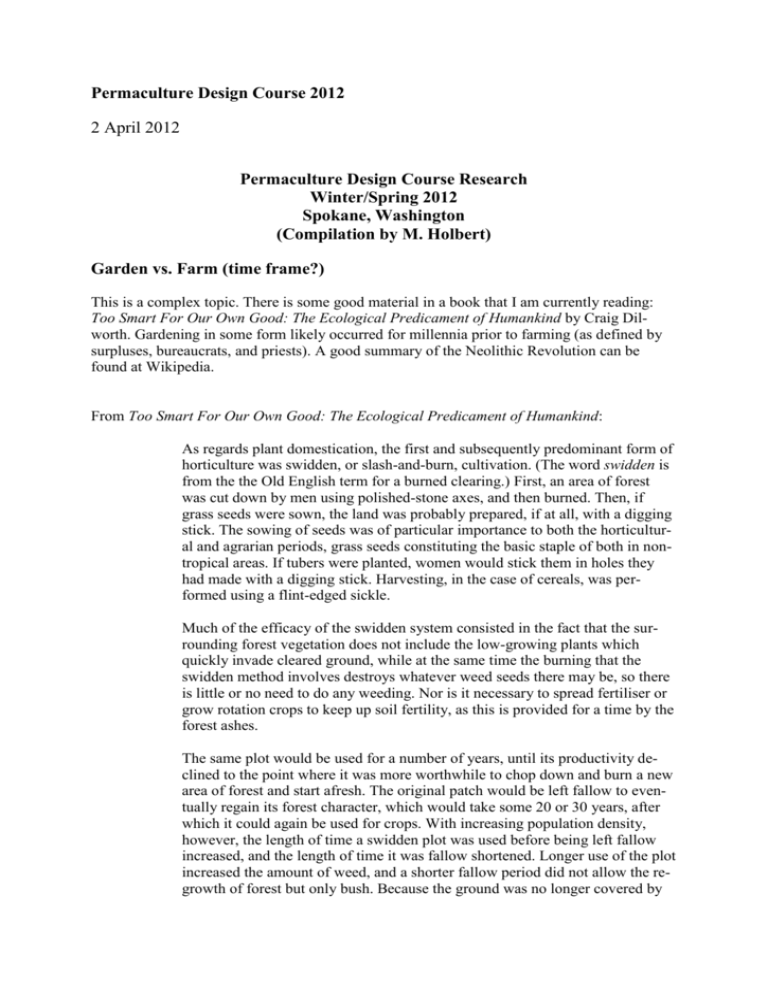
Permaculture Design Course 2012 2 April 2012 Permaculture Design Course Research Winter/Spring 2012 Spokane, Washington (Compilation by M. Holbert) Garden vs. Farm (time frame?) This is a complex topic. There is some good material in a book that I am currently reading: Too Smart For Our Own Good: The Ecological Predicament of Humankind by Craig Dilworth. Gardening in some form likely occurred for millennia prior to farming (as defined by surpluses, bureaucrats, and priests). A good summary of the Neolithic Revolution can be found at Wikipedia. From Too Smart For Our Own Good: The Ecological Predicament of Humankind: As regards plant domestication, the first and subsequently predominant form of horticulture was swidden, or slash-and-burn, cultivation. (The word swidden is from the the Old English term for a burned clearing.) First, an area of forest was cut down by men using polished-stone axes, and then burned. Then, if grass seeds were sown, the land was probably prepared, if at all, with a digging stick. The sowing of seeds was of particular importance to both the horticultural and agrarian periods, grass seeds constituting the basic staple of both in nontropical areas. If tubers were planted, women would stick them in holes they had made with a digging stick. Harvesting, in the case of cereals, was performed using a flint-edged sickle. Much of the efficacy of the swidden system consisted in the fact that the surrounding forest vegetation does not include the low-growing plants which quickly invade cleared ground, while at the same time the burning that the swidden method involves destroys whatever weed seeds there may be, so there is little or no need to do any weeding. Nor is it necessary to spread fertiliser or grow rotation crops to keep up soil fertility, as this is provided for a time by the forest ashes. The same plot would be used for a number of years, until its productivity declined to the point where it was more worthwhile to chop down and burn a new area of forest and start afresh. The original patch would be left fallow to eventually regain its forest character, which would take some 20 or 30 years, after which it could again be used for crops. With increasing population density, however, the length of time a swidden plot was used before being left fallow increased, and the length of time it was fallow shortened. Longer use of the plot increased the amount of weed, and a shorter fallow period did not allow the regrowth of forest but only bush. Because the ground was no longer covered by forest, sunlight reached it, which resulted in more weeds in the form of unwanted grasses and other plants. Thus the cultivators had to clear land of bush and rough scrub, which became the predominant vegetation in the area. This increase in weeds was responsible for the transition within horticulture from the use of the digging stick in forest-fallowing to the hoe in bush-fallowing, the first hoes being essentially forked digging sticks, with the handle longer than the head. ... By the bush-fallowing stage the soil had also become more compact, which meant that the forked-stick hoe had eventually to be replace by one with a stone head, which required much greater effort to wield. The stone heads were of polished stone, the grinding of which also required extra work – all on the part of men – as did the grinding of other stone-headed implements related to the form of horticulture, such as axes. By the final stage of the swidden process, described as 'short fallow,' the soil had become infested with perennial weeds, which could not be controlled by hoeing without exceptional effort. Eventually bush-fallowing in sufficiently fertile places was replaced by gardening, wher ethe same plot was used continuously, and crops were rotated to support productivity. Gardening, compared with swiddening, gives an even poorer caloric return to labour, but given greater labour, can provide greater quantities of food. Gardening can absorb ten times more labour input per unit land than can swiddening, and constitutes the most intensive form of cultivation in rainforests today. This specialised food production meant a lack of flexibility however, which led to famine when crops failed e.g. as a result of drought. [p.237238]
